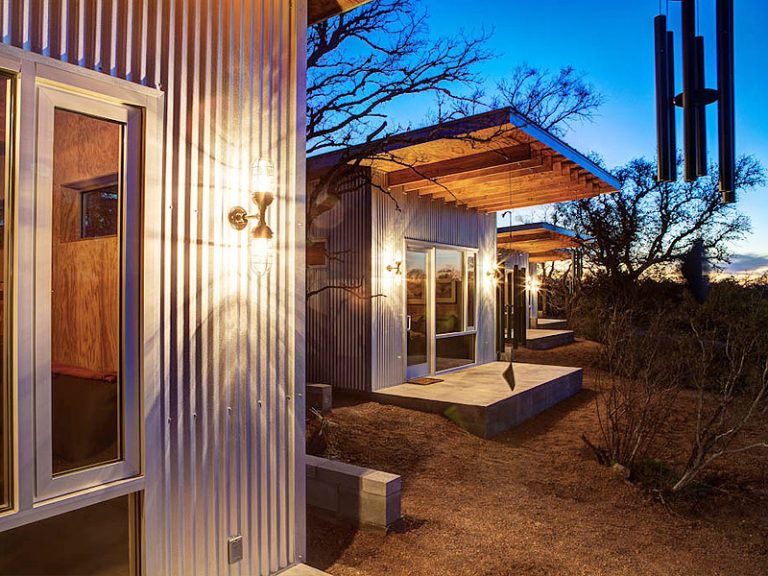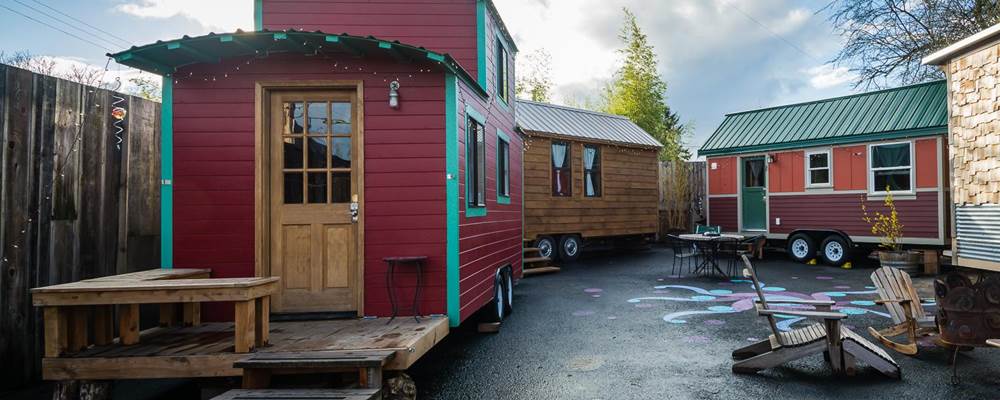
The appeal of tiny living is continuing to grow all over the nation. While some may envision tiny living to be a Manhattan apartment or a renovated basement, tiny living actually refers to the fad of living in a tiny home. Tiny homes are typically between 100 and 400 square feet but usually still provide all the conveniences of a standard American home.
Why Tiny Home Living?
The reason for living in a tiny home is different for each individual, although most commonly, tiny living appeals to individuals interested in simple living. For someone who view’s their home as a place to eat, sleep, and shower, a tiny home can actually be more than enough space.
Tiny homes are also extremely popular for individuals concerned with the environment and wanting to ensure they leave as small of a footprint behind. Many tiny homes are also mobile, so if an individual is looking for a home they can transport with them as they move, a tiny home is an easy option for moving from place to place.
Another reason an individual may choose to live in a tiny home for financial purposes. With a tiny home, individuals can own their home without the pressure or need of loans and mortgages, and they can experience lower bills in heating or cooling their new home. This frees the individual from debt and allows them to spend their money on experiences, dining out, or other activities that allows them to get out of their tiny home.

Kinds of Tiny Houses
Not all tiny homes are created the same and the kind of tiny house an individual will purchase largely depends on their lifestyle and the reasons behind their tiny home purchase. For someone looking to move frequently, a trailer or houseboat can provide tiny homes that can easily be moved from place to place. Other kinds of tiny homes include yurts and teepees, which are great ways to live in a tiny home temporarily or permanently. Other individuals may choose to build a tiny home in an already existing structure, such as a garage.
Tiny homes can also be built in the same way an individual would build a custom home. This pathway is recommended for individuals who are set in their tiny living ways and would like a more permanent residence.
Tiny living can work for anyone who is interested, but it takes a lot of downsizing and determining what is truly needed in a home.
Tiny homes also don’t have to be reserved for the person living independently.
It is not uncommon for couples to live in a tiny home while saving money for something more permanent, or there are even a number of paths to take in order to make tiny living a reality with children and a family. From continuing to expand onto a tiny home as the family grows or adding new tiny buildings onto the property, tiny living can easily become a way of life.